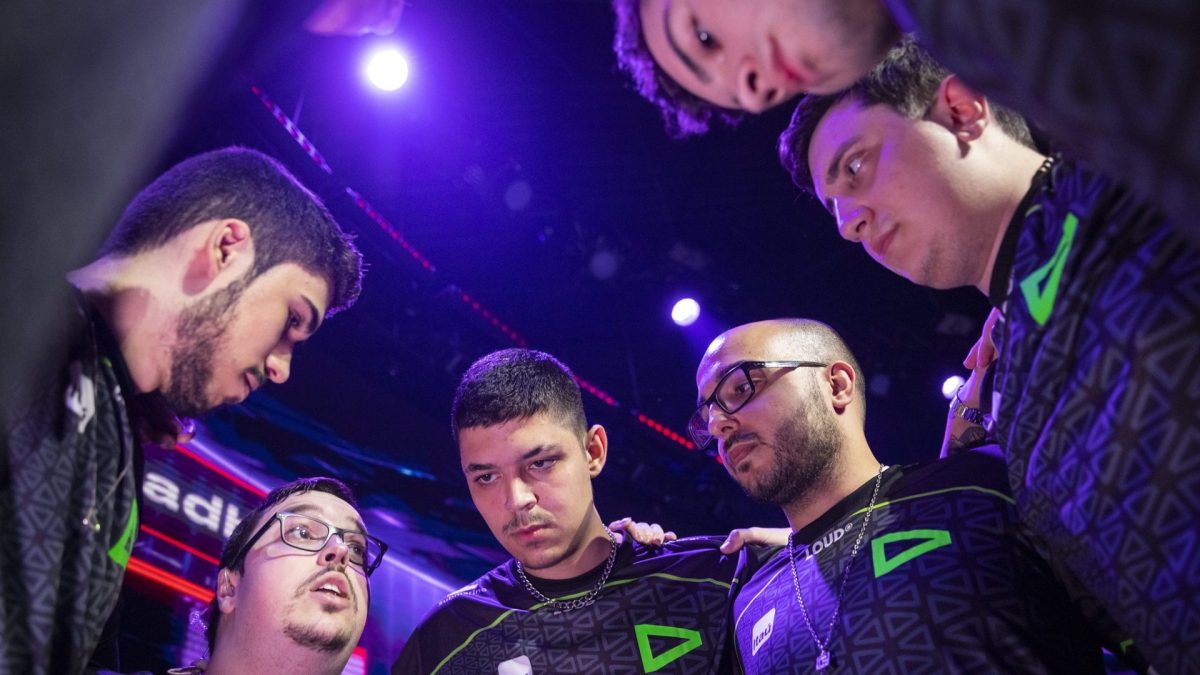In my previous article, we talked about the basic decks and deck types found in Magic: The Gathering. These are aggro, control, and midrange. In this article, we will be addressing three more deck archetypes that show up from time to time: tempo, big mana, and combo. With all this information, maybe you can find the best Magic: The Gathering Arena decks for you in Ravnica Allegiance standard.
Tempo
Tempo decks, on the surface, tend to look like a strange mash-up of control and aggro. They win the game by starting aggressively with small evasive creatures and then using the “control” part of their deck to protect those creatures while disrupting their opponent’s game plan.
We talked last time about how control decks win by having card advantage over their opponent. Tempo decks win by trading card advantage for board advantage. What I mean by this is that tempo decks like to use the cards in their hand to make sure you never resolve any threatening creatures and to make sure you never remove theirs. While they can sometimes play like a control deck early on, tempo decks almost always want to be the aggressor in a matchup.
Often these decks will run “soft” removal spells that tap down or bounce creatures because they tend to be cheaper than spells that would destroy or exile creatures. Tempo players also often run “soft counter” spells like Spell Pierce. It is because their deck wants to win early on when their opponent doesn’t have a lot of mana and is not built to last into the late game where harder control magic is needed.

In the above deck we see the following:
- Cheap creatures that are hard to block (Mist Cloak Herald, Warkite Marauder, Tempest Djinn)
- Ways to protect those creatures and counter removal spells (Dive Down, Wizard’s Retort, Siren Stormtamer)
- Ways to draw cards while also improving the deck’s beatdown plan (Curious Obsession)
- Soft removal and a soft counter (Merfolk Trickster, Warkite Marauder, Spell Pierce)
The entire deck is built around playing a creature with some form of evasion (flying or unblockable in this case) and then protecting it while they disrupt the opponent’s game plan.
Big mana
Big mana decks spend their early turns playing ramp spells like Gift of Paradise or mana dorks like Llanowar Elves so they can cast large creatures/spells earlier than they would otherwise be able to. Generally, playing a creature that costs 6 mana on turn four will be a hard thing for an opponent to deal with, and these decks focus on making that happen. These decks also tend to run “mana sinks,” or permanents that have abilities on them that would allow you to spend lots of mana into them for an effect. Generally, these are used more than once, but in the current Ravnica Allegiance standard, the Adapt ability serves a similar purpose.

The above deck has the following:
- Ways to ramp mana quickly (Llanowar Elves, Druid of the Cowl, Marwyn the Nurturer, Incubation Druid)
- A big creature to play early with all the available ramp (Hydroid Krasis)
- Mana Sinks to invest mana into whenever there isn’t a big creature to cast (Growth Chamber Guardian, Incubation Druid)
This deck is built around playing a massive Hydroid Krasis as early as possible and then using extra mana to invest in the Adapt abilities on other creatures.
Combo
Combo decks play two or more cards with the intent of using their effects together to win the game on the spot. They tend to be composed of cards that either enable the combo or that draw cards to make sure you can get the combo in hand. Generally speaking, combo decks tend to be quite fragile since they rely specifically on one or two spells resolving, so keep that in mind if you choose to play this style. To help this, some decks like to have a backup win condition if at all possible.
This standard format is very light on combo decks, but there was one running around not too long ago. It’s still Ravnica Allegiance Standard legal but doesn’t see a lot of play.

This deck has the following:
- A game-winning combo (Torgaar + Thud + 3 damage from Lightning Strike or Rekindling Phoenix)
- A way to draw cards (Dusk Legion Zealot)
- A way to enable the Torgaar combo by providing lots of tokens to be sacrificed to make Torgaar cheaper (Goblin Instigator, Legion Warboss, Rite of Belzenlok)
- A backup win condition (Big flying creatures such as Rekindling Phoenix and Doom Whisperer)
Conclusion
These are the other types of decks you’ll probably run into while playing Magic: The Gathering Arena that I mentioned in my previous article. While not as commonly seen as control, aggro, and midrange, these deck styles do exist and will pack a punch! Keep tuned for more information on Owning the Arena, and have fun playing Ravnica Allegiance in MTG Arena!















Published: Jan 27, 2019 05:44 am